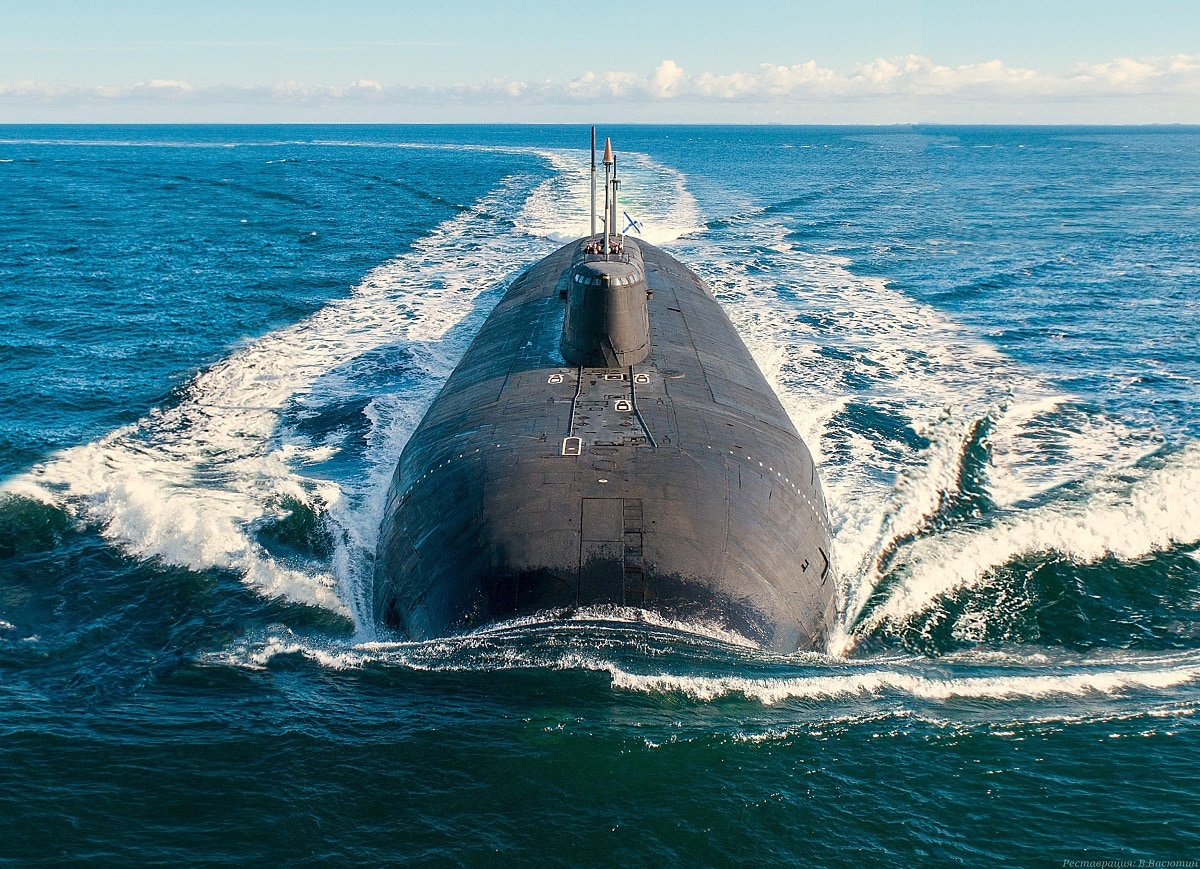Even as a “European Power,” Russia has maintained a presence in the Pacific dating back to the early 18th century. Its Pacific Fleet – originally known as the Okhotsk Military and later the Siberian Fleet Flotilla – was first created in 1731, and when it while it was disbanded in 1926, the Soviet Union re-established it as the Red Banner Pacific Fleet in 1932. Following the collapse of the Soviet Union in 1991, the Red Banner Pacific Fleet was “inherited” by the Russian Federation and renamed simply the Pacific Fleet.
It lost many of its larger units during the early post-Soviet era, and a greater emphasis has been placed on general-purpose frigates, multi-role, and missile corvettes as well as a full range of new submarines. While it may not have the large capital ships of days gone by, the Pacific Fleet should still be seen as a formidable force.
That was evident as the Russian Pacific Fleet kicked off a large-scale drill in the central Pacific Ocean this month.
“In accordance with the plan of training military command centers of the Pacific Fleet’s forces (troops) in 2021, an operational exercise of the Fleet’s combined arms forces is running in the distant maritime zone,” the Russian Ministry of Defense announced via a statement, according to a report from Tass.
The Pacific Fleet’s “naval tactical groups have made a transit of about 4,000 km long from naval bases and combat watch areas and deployed the Fleet’s groups in the designated area of the Pacific for accomplishing training tasks,” the statement added.
Multiple Combatants
The Pacific exercise reportedly involved up to twenty surface combatants, submarines and support vessels, including the Pacific Fleet’s flagship, the “Guards Order of Nakhimov Missile Cruiser” Varyag, the third ship of the Slava-class of guided missile cruisers built for the Soviet Navy. She was commissioned in October 1989.
The large-scale naval maneuvers also involved the large anti-submarine warfare (ASW) vessel Admiral Panteleyev, which Tass reported is outfitted with guided-missile weapons; the frigate Marshal Shaposhnikov; the corvettes Gromky, Sovershenniy and Hero of the Russian Federation Aldar Tsydenzhapov; the measuring ship Marshal Krylov and multiple logistics support vessels.
About twenty aircraft, including Tu-142M3 long-range anti-submarine warfare planes, MiG-31BM high-altitude interceptor-fighters, and other aircraft of Russia’s Aerospace Force, also took part in the Pacific exercises.
According to the Ministry of Defense, the forces engaged in the naval maneuvers “are practicing the tasks of exercising command and control of a combined arms group at a considerable distance from naval bases in protecting and defending sea (oceanic) lanes and interoperability of the operational taskforce of warships and aircraft in searching for and tracking a notional enemy’s submarines and naval groups.
The exercise was running under the direction of Pacific Fleet Commander Admiral Sergei Avakyants, a career naval officer who served in the Soviet Navy. He was previously chief of staff at the Novorossiysk Naval Base of the Black Sea Fleet, and since May 2012 has been commander of the Pacific Fleet.
Peter Suciu is a Michigan-based writer who has contributed to more than four dozen magazines, newspapers and websites. He regularly writes about military small arms, and is the author of several books on military headgear including A Gallery of Military Headdress, which is available on Amazon.com.

